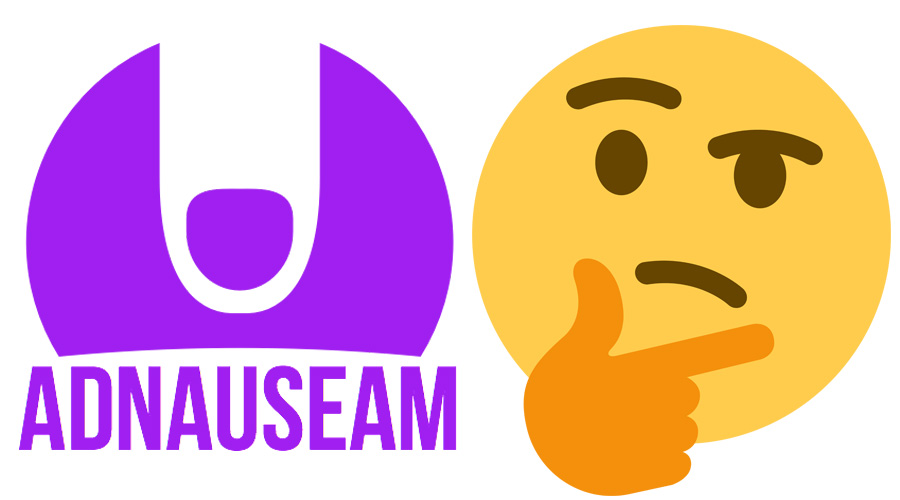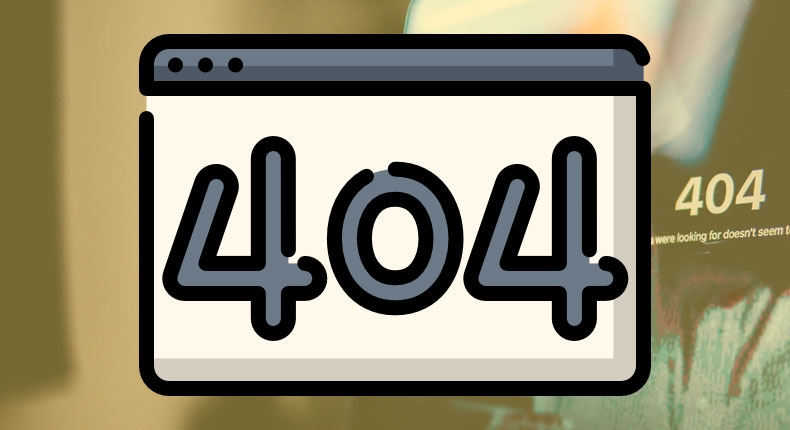Since the dawn of the internet, online ads have been a plague to many users and a godsend to advertisers. With the evolution of online ads changing dramatically over the years from flashing banners to popup videos, many groups have started to fight back against these unethical ads.
Recently, Google announced that they were introducing a built-in adblocker into Google Chrome to stop all of those unethical ads from annoying users. For many ad networks that are part of the Coalition For Better Ads, this new update did not affect how their ads are displayed. But for less ethical networks, it’s removed most of their ads almost overnight. You might think removing all of the unethical ads is a good thing, but for some users, that’s not enough.
Some people want total online anonymity, which means no tracking, no remarketing, and no ads, no matter how regulated they are. Although most ad networks give you the option to turn off tracking, some users don’t trust them and have decided to take their privacy into their own hands.
A plugin that has gained popularity in recent years for messing with advertisers tracking on your behalf is AdNauseam. This plugin works in browsers such as Firefox and Chrome by clicking all the ads on a website to confuse the advertising networks and “protect your online privacy.”
It might sound like AdNauseam is doing everyone a favour by protecting their privacy, but is it really just contributing to ad fraud and costing advertisers millions? Here’s what you need to know about this controversial plugin.
What Is the AdNauseam Extension?

Like we briefly touched on above, AdNausem is a browser extension that silently clicks ads on behalf of the user. Initially released for browsers such as Google Chrome and Firefox, the extension has caused quite a stir in recent years. Here’s their official promotional video for the plugin below.
The creators behind the plugin state that by clicking on every ad it sees, this helps hide your online tracks, giving you increased online privacy. The theory behind the plugin is that to stop advertisers tracking you, it regularly clicks on every advert to confuse the tracking cookies stored on your computer. By clicking enough times on ads, all the data the advertising network receives is useless and unusable. Although the video states “lets work together to an honest and meaningful do not track standard” is clicking everyone’s ads really a good way to achieve this?
So far it’s been deemed a massive success by its creators, but not everyone is happy about it.
As of today, AdNauseam is no longer officially listed on the Chrome web store due to it being removed back in 2017. If it’s meant to be helping users protect their online privacy, why was it removed in the first place?
Why Was AdNauseam Removed From Chrome?

Every month, thousands of Chrome plugins are removed from the Chrome web store due to them not meeting strict guidelines set by Google.
The reason Google removed the AdNauseam extension from their store is that they viewed it as malware instead of an actual plugin. To protect users, Google automatically disabled it for thousands of people who had it installed.
Coming out and saying a plugin is malware is a bold claim, especially when they didn’t release much evidence alongside their decision. But after all, Google is the judge, jury, and executioner so whatever they decide goes!
So why exactly did Google view the plugin as malware? Was there something hiding within it that the creators weren’t telling anyone about? Well, it’s removal could be down to a number of reasons.
First of all, the extension does a series of automated clicks on behalf of the user without telling them exactly what it’s doing. To Google, this probably sounds suspicious. If it clicks things for users without them knowing exactly what it’s clicking, then Google isn’t going to be too happy with that – and it explicitly goes against the Chrome Web Store terms of service (and they’re also not going to be too happy with their advertiser’s dollars being wasted!).
There have been many examples of Google removing plenty of suspicious plugins, but one has to wonder if AdNauseam was indeed removed for suspicious activity or simply because Google didn’t like it clicking ads all day. It’s worth noting that AdNauseam is, in fact, an open-source project, so anyone can check the code for malicious activity themselves if you’re technically inclined.
The most likely reason why Google could have removed the plugin is that Google wants to protect their ads and advertisers as much as possible. If you didn’t know already, Google owns the largest online ad network in the world which currently has over 3 million 3rd party publishers in its network.
With so many websites using the AdSense program to display ads on their site, there’s a near-certain chance that AdNauseam is clicking Google’s own ads and costing them money – and the search engine giant won’t like that.
Since Google’s ads run on a pay per click basis, every click an advert receives, the advertisers will be charged for it regardless if they end up buying or not. Considering Google makes most of their money from the Google Ads platform, it’s crucial they maintain a high level of quality traffic, or else advertisers will go elsewhere.
Knowing that AdNauseam clicks on every ad it sees regardless of if its Google’s ads or not could be a reason why Google removed it. If a million people had the extension installed, then they could be losing millions of dollars a day due to these fake clicks. By removing the extension from the Google store, they’ve probably saved themselves a lot of lost revenue. Of course, the morality of that decision is a discussion for another time (Do Google have the final say in their own “Walled Garden”? Is AdNauseam simply an expression of freedom of speech? There’s a ton of debate to be had here.
Although the plugin has been removed from the store for over 500 days, it is still actually possible to manually install the plugin. This means that despite Google’s best efforts to kill the plugin, there are still plenty of users actively using it although the numbers are unknown. Installing unverified plugins comes with its own issues such as having to manually update it every time there is a new version. It’s worth noting that the plugin is still available on the Firefox browser.
AdNauseam vs. uBlock Origin

Now you know why AdNauseam was removed from the Chrome web store, how does AdNauseam compare to other ad-blocking plugins such as uBlock Origin?
Well for starters, AdNauseam is actually built on top of the uBlock Origin plugin and uses its foundations to detect the ads on a page. For those that don’t know, uBlock Origin is a super popular ad-blocking extension that currently has over 10,000,000 installs as of writing.
Yet compared to AdNauseam, uBlock only blocks ads on websites and doesn’t actually click them. The clicking aspect is what AdNauseam introduced with its plugin and is currently the only one out there that we’re aware of.
Due to uBlock still being available in the Chrome web store, it’s clear that more people use it. Not only does it do exactly what it says it does (block ads) but it’s also been verified by several reputable sites and browsers. Having said that, with the looming introduction of Google’s own in-browser adblocker, who knows how long it is until plugins like uBlock are also in the firing line.
So which is better? Well, that’s a moral question for you to decide.
Don’t Want To Lose Money? Don’t Let AdNauseam Click Your Ads
Regardless of your views on the morality of such a plugin, it’s only fair that advertisers have the option to limit their exposure to such plugins if they choose to do so.
If you run ads on Google display network, then you could be at risk of having your PPC ads clicked by the AdNauseam plugin. With thousands of people still using the plugin on Chrome and Firefox, almost anyone is it at risk of having their ads fraudulently clicked.
To protect your ads from plugins like AdNauseam and other automated software, you need a proactive approach to combat fake clicks on your ads. Here at Lunio, we help thousands of clients protect their ads from malicious bots and users every single day.
Protect your ads for free today with our 14-day free trial. Click below to install our software and protect yourself from ad fraud in less than 5 minutes.




